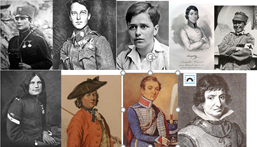‘Cross-dressed to Kill’- Vivien Morgan talks at the National Army Museum about her book on women who cross-dressed as men to go to war
Published on: 03/24/23 4:00 PM
‘Cross-dressed to Kill’ is a collection of extraordinary stories by twenty women cross-dressers of English, Irish, French, Prussian, Russian, Spanish, American and Israeli nationalities.
The book answers the questions of how and why young women dressed as men to fight as soldiers in the 17th to 20th centuries? There were literally hundreds of known women cross-dressers in Britain across Europe and in the Americas yet they have been erased from both social and military history.
This book spotlights these fascinating women cross-dressers and fighters. Starting with Catalina de Erauso, the Lieutenant/Virgin Nun in the 17th century, the last stories go up to WWI with Dorothy Lawrence, a British aspirant journalist. Ending with Miriam Weingarten a former Miss Israel who was in the 1973 Yom Kippur War and still living in the US today.
The penalty for cross-dressing in this period was harsh, including the death penalty because it was deemed an unnatural act that threatened society. Ignoring the risks, they threw off their petticoats and pulled on trousers driven by an inner need that propelled them into the illicit world of men. Patriotism- poverty- family break-ups, losing husbands to war, escaping marriage and sometimes fate.
Their hope for a better life was ‘to seek entrance into the barred world of men- by not being women, by denying their femaleness,” writes the feminist Sheila Rowbotham.
They watched their fathers, husbands and brothers head off to war, before breaking free from domesticity and joining the army too. A women’s place was in the home- not on the battlefield. This sentiment was repeatedly enforced throughout the centuries. Despite war being continuous in everyday life. As late as 1967 the military historian John Laffin wrote:
“a woman’s place should be in the bed and not the battlefield-in crinoline or terylene rather than in battledress, wheeling a pram rather than driving a tank.”
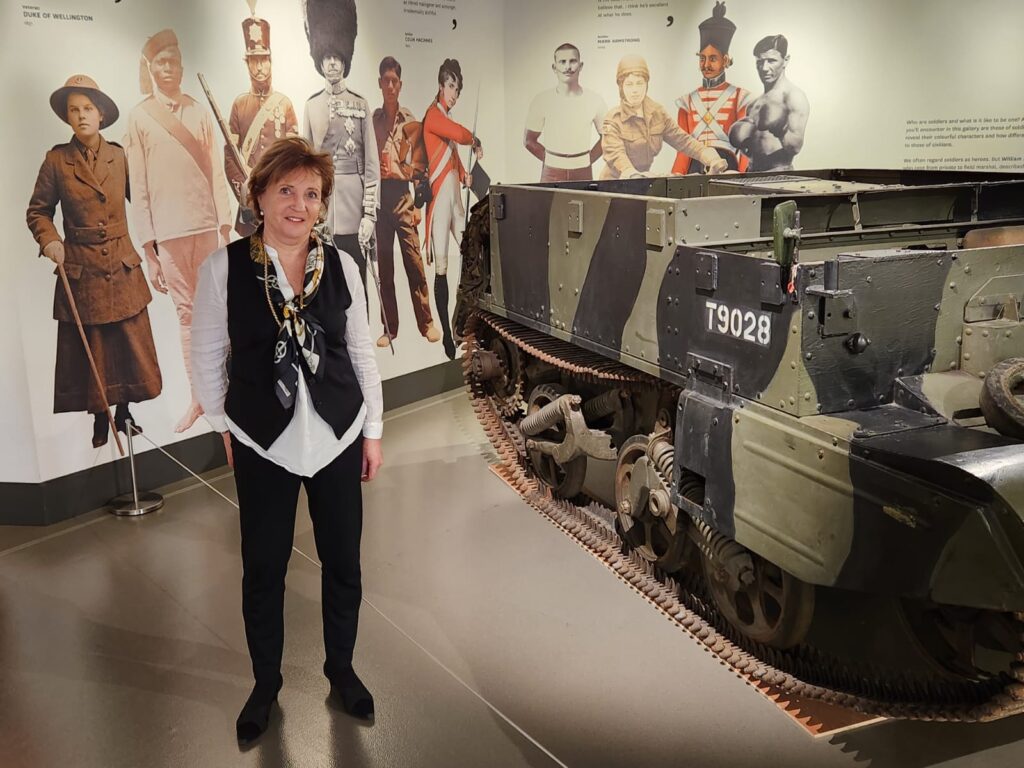
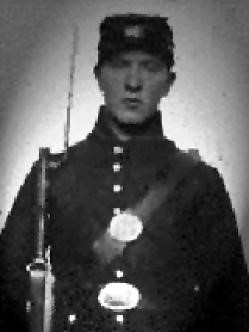
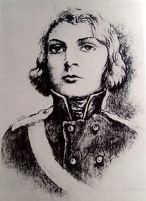
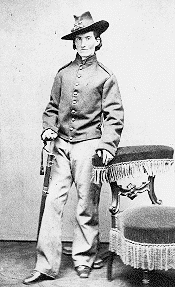
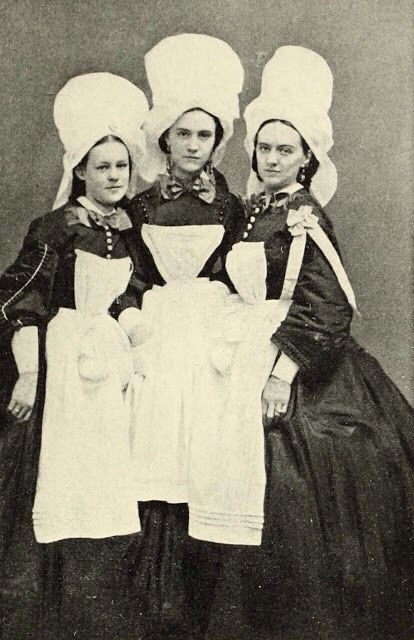
Today women are still wanting equal rights, access to careers at all levels whether in the army or elsewhere.
They have their hopes and dreams.
As Louisa May Alcott said:
“I believe that it is as much a right and duty for women to do something with their lives as for men and we are not going to be satisfied with such frivolous parts as you give us. “
As the book tells, it wasn’t difficult to enlist as a volunteer. The armies needed an endless supply of soldiers with casualties high. Men with diseases, disabilities, short-sighted, flat-footed, criminal and too young or too old were enlisted by fair means or foul. There were no proper medicals and so a young girl could easily slip into the ranks. They were living in years of continuous war as nations quarrelled over trade, territory and rights to the thrones of Europe. Fighting on the Flanders fields, in the West and East Indies as well as in domestic revolutions, civil uprisings and battles for independence.
As we debate gender equality and sexual identity today, were these cross-dressers lesbian or transgender? Some were confessed lesbians like Catharina Lincken, who said she was ’in appearance a woman but in nature a man’, some were judged so by doctors and lawyers whose notions of sexuality were so different from now. Most women after their adventures got married, had children- but kept their trousers on! Betty Friedan, doyenne of the feminist movement asks ’why should women have a half-life?’ The cross-dressing women answer that by their actions. Fearless, ‘tomboys’, early feminists and decidedly full of what the newspapers called ‘pluck and spunk’.
They were young women for whom ‘patriotism has no sex’, determined to fight for their country.
When discovered news spread of their real sex and helped ‘make their name’ – the equivalent of ‘reality stars’ today- their stories published, poems and popular songs written about their exploits. Medals, money and fame came when they told their stories to newspapers and book publishers. It wasn’t until the Crimean and the American Civil War that women could be in conflict zones as nurses- led by Florence Nightingale – and hundreds flocked to enrol.

